The ABCs of Raising a Thinking Child: K through O
January 9, 2013 in ABCs of Raising A Thinking Child, All Posts, Play
Are you ready for Day 3 of the ABC’s of How to Raise a Thinking Child series?
I promise that regular blog posts will be coming after this series is finished, but I hope that you are enjoying the tips I’m sharing this week and getting some great ideas and inspiration from the dozens of ABC Guides I’ve linked to at the end of each post this week. Monday we shared 20+ ABC Guides to Mom Tips & Tricks, Tuesday we linked to 10+ A through Z guides in the ABC’s of Learning Through Play category, and today we’re featuring 17 A-Z Guides to Learning Through Play at the end of this post. Enjoy!
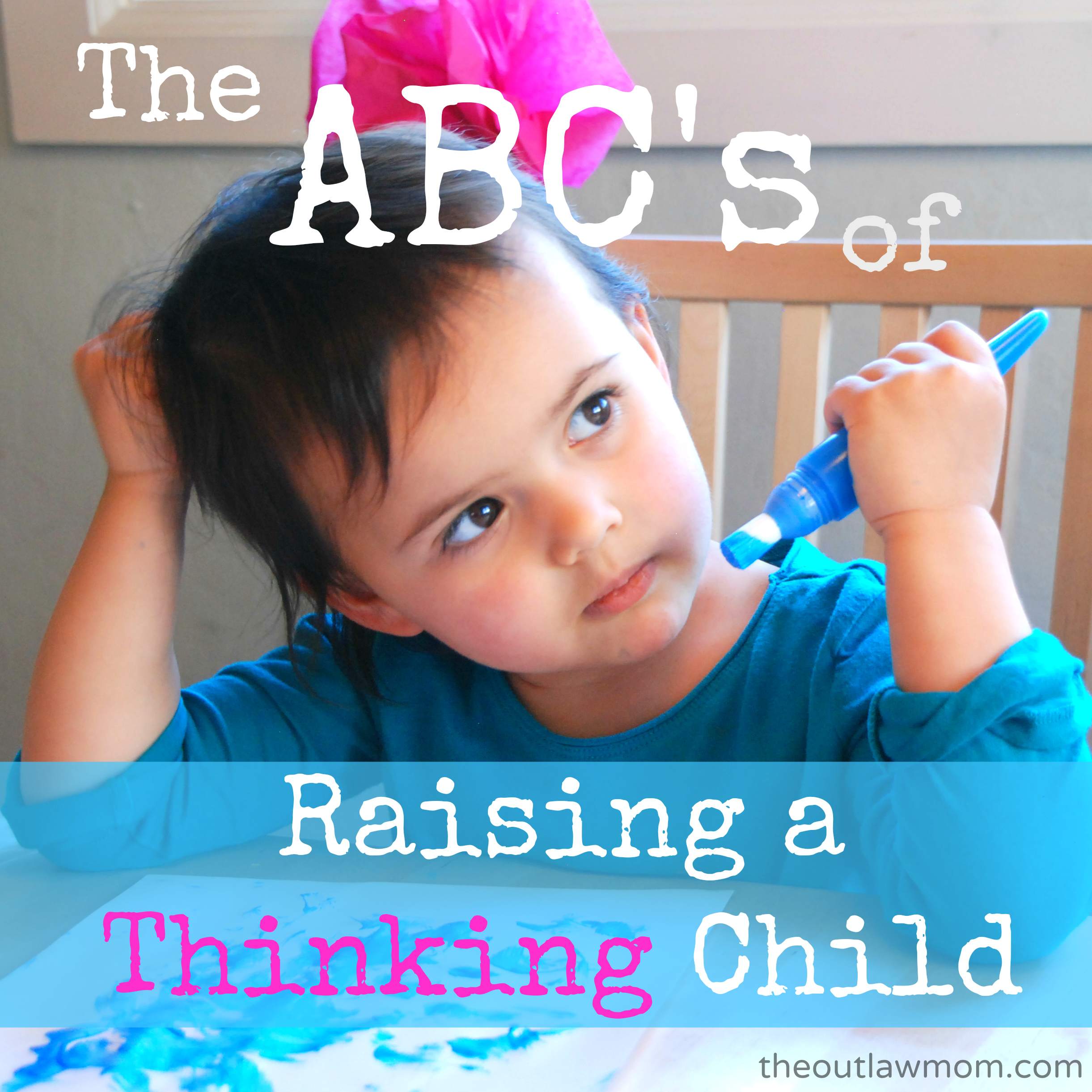
Today, I’m sharing a list of the things - starting from K to O today - that I try to be conscious of in order to Raise A Thinking Child. If you have any favorite ways you encourage your child to be an independent thinker and resourceful problem solver, don’t keep those secrets to yourself - please share!
The ABCs of Raising A Thinking Child
K is for Kite.
As in let your child’s ideas soar! Allow your child to express any of her ideas, no matter how little, silly, or irrational, and help her to follow through on the ideas to see if they work or don’t. If she is adamant that a rock will float in the bathtub, gather some rocks from the backyard and take them into the tub and see what happens. Use the opportunity to explore other ideas and experiment with other objects. Your child will be learning about following through on a hypothesis and becoming more familiar with trial and error, which is what open-minded thinking is all about.
L is for Love.
Setting up a safe environment for your child to experiment and express her own ideas is essential for your child to develop her independence. Choose your words carefully so that you don’t unintentionally bash your child’s ideas or intimidate her from expressing her thoughts. Even if her explanations or demands are irrational, don’t laugh or belittle her. Instead, pick a phrase that works for you (like “That’s interesting”) and then follow up with a open-ended suggestion that might be more suitable (e.g., “Perhaps we should try doing it this way and see what happens. What do you think?”).
M is for Mindfulness.
Raised by a Thai Buddhist mother, mindfulness was never a buzzword for me - like it seems to be these days. If you’re new to the concept and wondering what all the buzz is about, mindfulness simply means being conscious of what you are doing. You might even be practicing mindfulness as a natural part of your life already (and just didn’t know it was trendy!). One of my goals with my children is to teach them to be present in the moment or immersed in a particular task instead of distracted or pulled in different directions. Beyond just redirecting your child’s attention verbally, you can also do things like developing a practice of doing activities in a set place or clearing off your child’s workspace to accommodate just the activity at hand. You can also make a DIY Mindfulness Bottle for when your child’s emotions or thoughts are muddy and need settling in order to gain peace of mind. (I’ll post a tutorial on that soon!)
N is for Nothing.
Sometimes - many times - it’s best for you, as a parent, to just sit back and do nothing. Observe your child, interact when she wants to, and enjoy your unsweetened organic soy latte. The whole point of raising a thinking child is so when she’s alone, she has the wherewithal to get by on her own and make well-reasoned choices by herself.
O is for Observe.
The more your child observes, the more she will come to understand the reasons for doing things, how things work, and the consequences of certain actions. Some ideas for honing your child’s observation skills: go on a nature walk (describe what you see, collect rocks, take pictures), play an I-Spy game at the park (note the interactions between people or what people are doing), give your child a journal to draw or write down interesting things she sees during the day (or make it specific to an outing, e.g., draw notes while you’re at the zoo), recount the activities of the day or a particular experience with your child and focus on specific details (try drawing out a scenario, e.g., we saw two squirrels gathering nuts - why do you think they were doing that?).
This post is part of a 5-day series from the Kid Blogger Network, a group of fabulous parents who blog about children’s activities, learning, and play ideas.
Every day this week, I’ll be sharing the ABC’s of a different group of topics at the end of my ABC post.
For the ABC’s of Learning Through Play, please check out the ABC posts from these uber-awesome moms in the Learning Through Play category:
- Baking with Kids from Life at the Zoo
- Bath Activities for Kids from Bath Activities for Kids
- Discovery Bottles from Teach Preschool
- Farming for Children from Glittering Muffins
- Fitness for Kids from 3 Dinosaurs
- Imaginative Play from Train up a Child
- Kids Activities from Growing a Jeweled Rose
- Learning Through Play from Love Play & Learn
- Learning Toys & Manipulatives from This Reading Mama
- Movement Activities for Young Kids from AngeliqueFelix.com
- Play Dough from The Imagination Tree
- Playing with Light from Graham and Parker
- Preschool Play from Its Our Long Story
- Sensory Bins from Royal Baloo
- Sensory Play from Creative Play House
- Toddler Activities from Toddler Approved
- Winter Outdoor Play from Pleasantest Thing
Other A-Z Guides
Monday - The ABC’s of Mom Tips & Tricks (Posts from 20+ other bloggers on everything from birthday parties to being a hands on mom to teaching kids about money, including our post on How to Raise a Thinking Child from A through E)
Tuesday - The ABCs of School Activities (Posts from 10+ other bloggers on everything from birthday parties to being a hands on mom to teaching kids about money, including our post on How to Raise a Thinking Child from F through J)
Wednesday - The ABCs of Learning Through Play
Coming up this week
Thursday - The ABCs of Literacy
Friday - The ABCs of Arts N’ Crafts



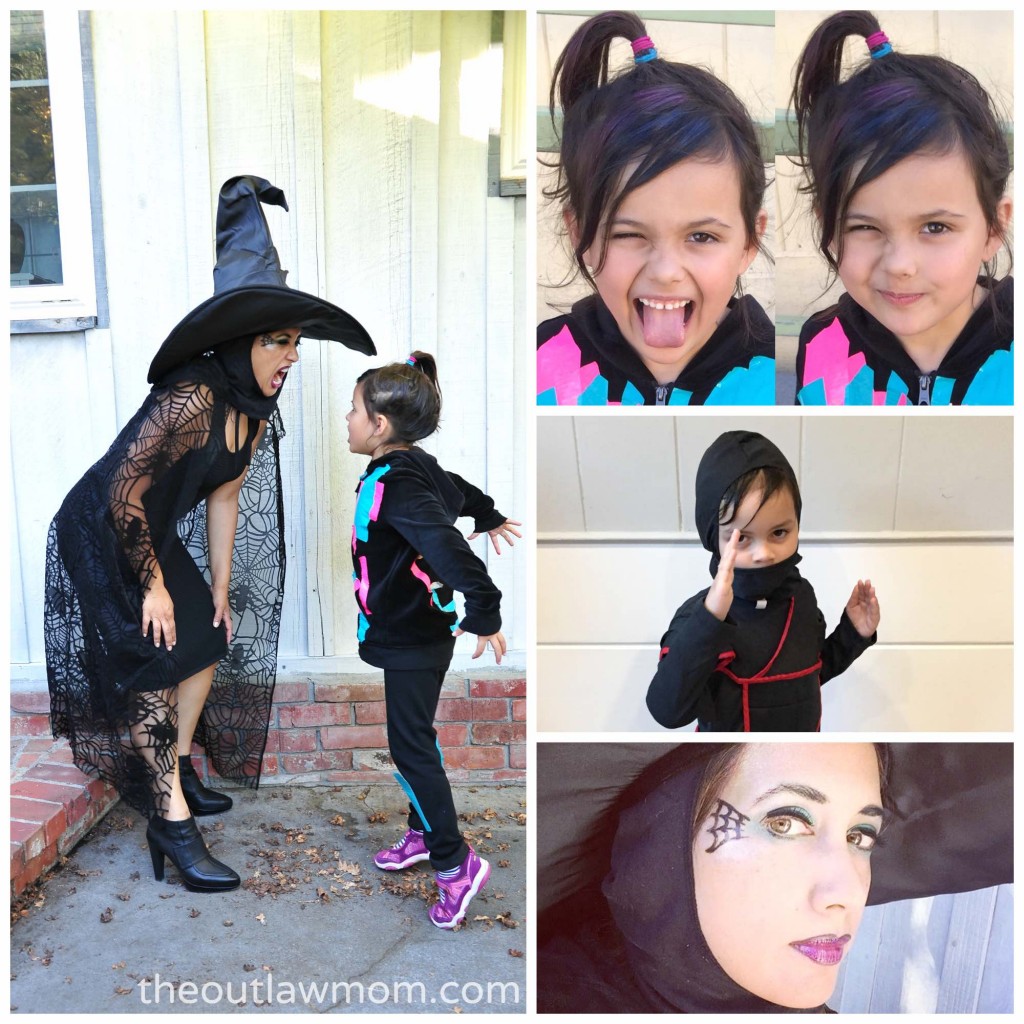
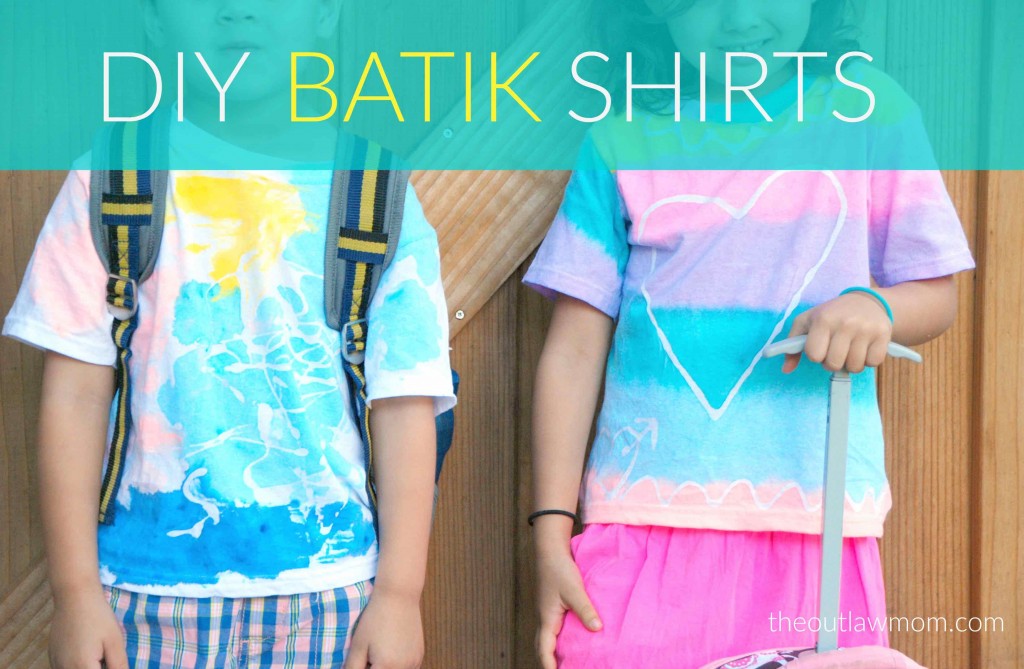

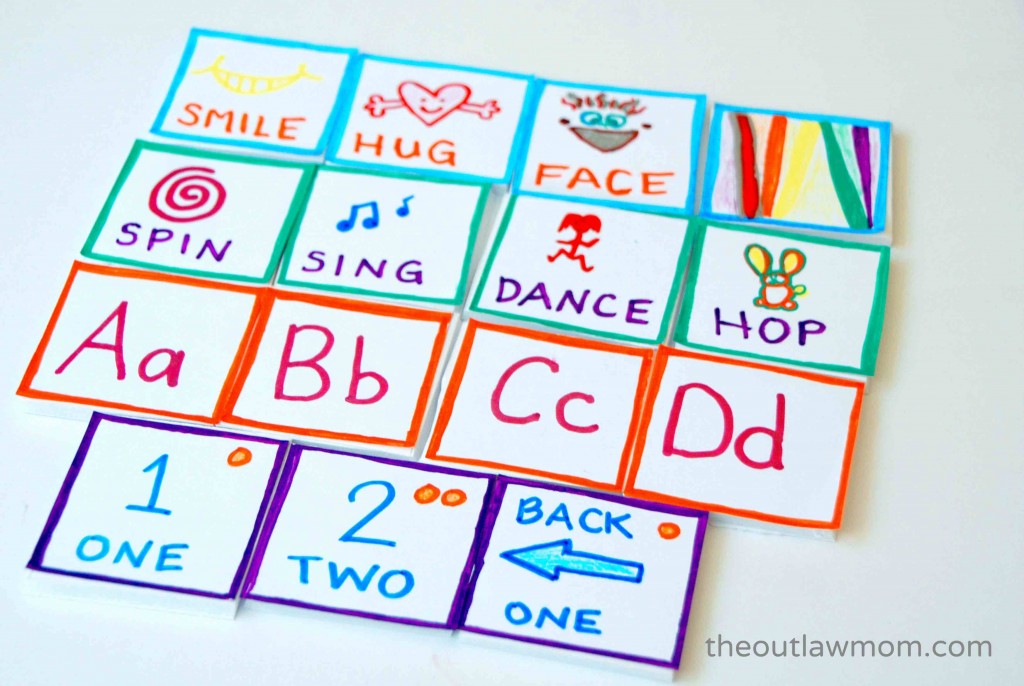
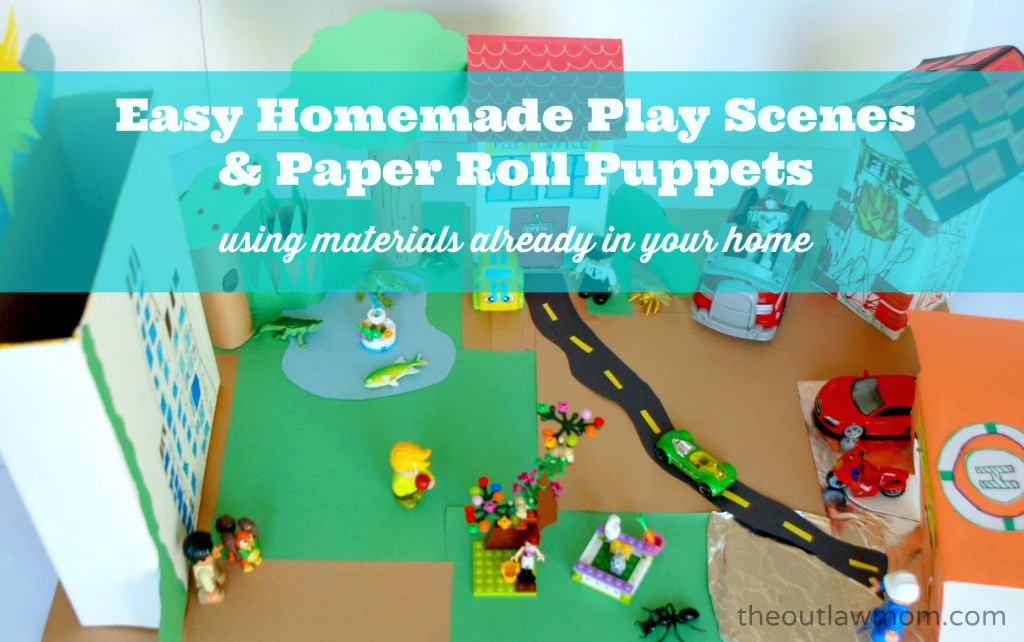


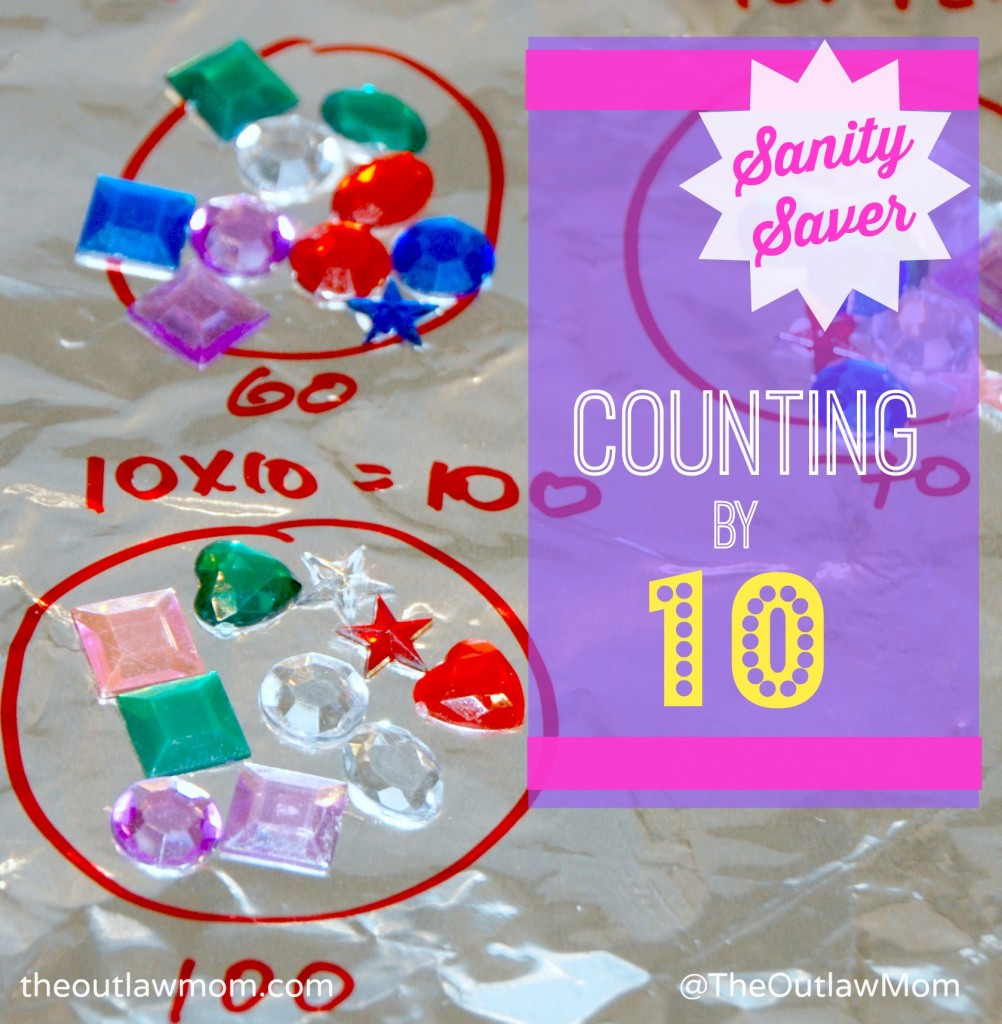










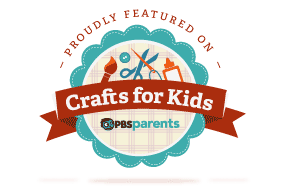













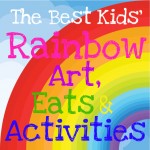
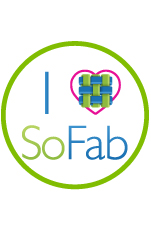










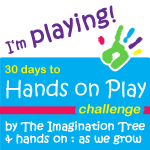
[…] The ABCs of Raising a Thinking Child: K through O […]